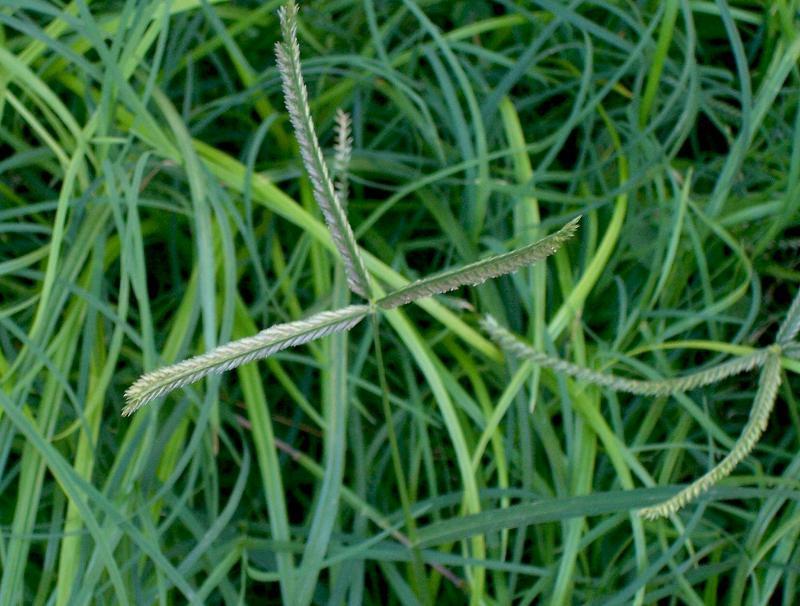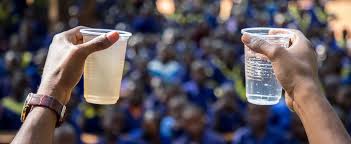
WIPO Magazine
By Catherine Jewell, Information and Digital Outreach Division, WIPO
How does Lactips’ natural polymer compare with traditional plastics?
Unlike traditional plastics, our innovation is soluble and fully biodegradable in all environments. That is what is so revolutionary and unique about it. It degrades very quickly - at the same speed as organic food – within four to six weeks without releasing any microplastics. When our product reaches rivers or the sea, it dissolves within minutes and completely disappears. Traditional plastics can take hundreds of years to degrade and produce harmful microplastics in the process.
Out of the 460 million tons of plastics produced every year – and that’s going to triple within the next 40 years - less than one percent are truly biodegradable bioplastics, and only 9 percent of all plastics are recycled. Much of the rest goes to landfill or is incinerated.
Our value proposition is on two levels: we're facilitating and eliminating plastic waste in the existing recycling stream, thanks to the solubility of our product in water, and we’re also eliminating plastic pollution because when our natural polymer enters the environment it breaks down very quickly without any harmful residue.
What are the main use cases for Lactips’ natural biodegradable polymer?
The pellets we produce can be processed in the same way as traditional plastic for injection molding, extrusion, and film, but also as a coating on paper packaging. Our product is ideal for food packaging, more specifically dry foods, (e.g. pet food and confectionary) and for secondary packaging, the overpacking that bundles multiple products together (e.g, the wrapping for the pack of sugar units you buy from your local supermarket).
We’re also launching our technology to replace the plastic film used in washing detergent pods. And we are exploring ways to provide materials for labels for glass drinks bottles. Glass is expensive and energy-intensive to make, so there’s a lot of interest in re-using bottles. But removing the old labels can be difficult. Our labels offer a great alternative solution.
What's the size of the global market for biodegradable packaging?
We’re targeting a market of about EUR 1.6 billion, which is huge. Manufacturers are now very keen to move away from plastics, especially for primary and secondary packaging, and they want a natural solution. Our material is natural, seals like plastic, has similar barrier properties (to oxygen, fat and mineral oils) and is transparent. Moreover, when it enters the paper-recycling stream, which uses water, it simply dissolves, enabling the recuperation of 99.7 percent of the paper fibers without any residue. This means we’re also a huge facilitator of recycling.
What role does IP play for Lactips?
IP and innovation are part of our DNA. The foundation of the company is the patent that our co-founder Frédéric Prochazka secured for his university research. Our IP portfolio currently includes seven patent families, which are protected in key markets. Our IP is central to our success, because investors will only invest in your company if they believe you have, first, something very innovative, and second, something that’s very well protected. We rely on the complementarity of our IP rights. Our patents protect our formulations and promising new developments as well as the applications we are targeting. They are the basis of our competitive advantage and enable us to demonstrate the innovative and pioneering nature of our work. They also help us avoid being blocked by major market players in this field.
We have strict confidentiality management procedures in place (including NDAs, MTAs and JDAs) with all our partners and our teams. This approach has enabled Lactips to raise EUR 25 million in funding, placing us among the top five start-ups in the bioplastics field in Europe. And, of course, our registered trademarks help build brand recognition.
How did you go about establishing Lactips’ IP strategy?
Since 2015, we have benefitted from an IP apprenticeship with the National Institute of Industrial Property of France (INPI). In that process, we asked INPI to carry out a patent mapping exercise, which allowed us to identify the technological and competitive landscape we’re operating in. The whole process - plus the expertise of our external counsel Plasseraud - enabled us to implement a robust IP strategy that supports our business goals.
full article at https://www.wipo.int/wipo_magazine_digital/en/2023/article_0038.html
Tarikh Input: 28/12/2023 | Kemaskini: 28/12/2023 | asrizam
PERKONGSIAN MEDIA

























